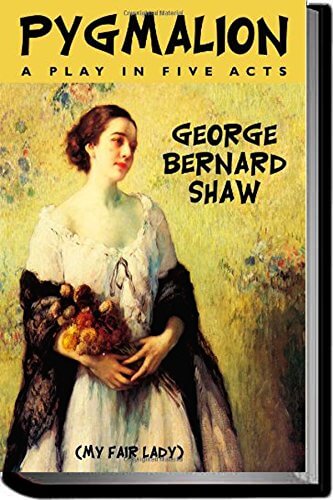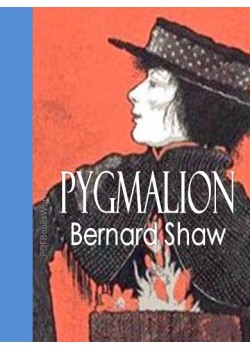


Shaw also would have been familiar with the burlesque version, Galatea, or Pygmalion Reversed. Gilbert, who wrote a successful play based on the story called Pygmalion and Galatea first presented in 1871. The general idea of that myth was a popular subject for Victorian era English playwrights, including one of Shaw's influences, W. In ancient Greek mythology, Pygmalion fell in love with one of his sculptures, which then came to life. The play is a sharp lampoon of the rigid British class system of the day and a commentary on women's independence. Professor of phonetics Henry Higgins makes a bet that he can train a bedraggled Cockney flower girl, Eliza Doolittle, to pass for a duchess at an ambassador's garden party by teaching her to assume a veneer of gentility, the most important element of which, he believes, is impeccable speech. It was first presented on stage to the public in 1912. The sequel was included in the published edition.ĭescription: Support Struggle for Public Domain: like and share is a play by George Bernard Shaw, named after a Greek mythological character. In particular Shaw wanted to avoid any sense of a "happy ending" and, after viewing a performance of the play where an extra scene had been added, he wrote a sequel which definitively states what came after.

Most people would be familiar with the characters Eliza Doolittle and Henry Higgins from the hit 1956 musical My Fair Lady, which was adapted from Pygmalion, though the plots differ in small but significant ways. Pygmalion was a Greek mythological figure who fell in love with a sculpture he had carved and was a popular theme in Victorian drama. The plot revolves around Professor Henry Higgins' bet with a colleague over whether he can transform a low-class flower girl, Liza Doolittle, into the equivalent of a Duchess in just 6 months. It was written in 1912 and first produced in 1913. Description: Pygmalion is a 5-act play by George Bernard Shaw.


 0 kommentar(er)
0 kommentar(er)
